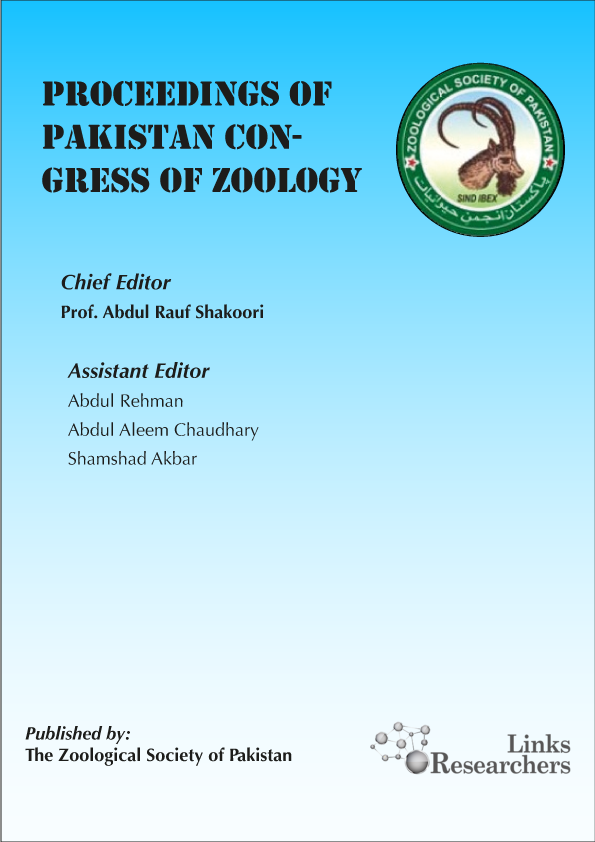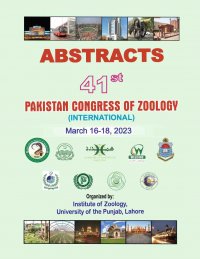Zeenat Bano1,*, Sajid Abdullah1, Waqas Ahmad2, Muhammad Anjum Zia3 and Wardah Hassan1
Maryum Fakhar, Iqra Jabbar, Anjum Nasim Sabri*
Hafiz Abdullah Shakir1*, Javed Iqbal Qazi2, Abdul Shakoor Chaudhry2, Muhammad Irfan3, Muhammad Khan1, Shaukat Ali4 and Saima Shahzad Mirza5
Korkmaz Bellitürk1, Zubair Aslam2, Ali Ahmad2* and Sami ur Rehman2
Hina Imtiaz1*, Salma Khalid2, Kashaf Riaz1, Muhammad Arshad Ullah3 and Zubair Rehman4
Fazal Wahid1, Arif Ullah Shah1, Muhammad Rahim2*, Fazal Dad1, Nadir Khan1, Saqib Ullah1, Yasir Ali1 and Sayed Ashfaq Ali Shah3
Saima Naz1*, Ahmad Manan Mustafa Chatha2, Saba Saeed1
Safia Bibi1, Saima Naz1*, Saba Saeed1, Ahmad Manan Mustafa Chatha2
Noor Muhammad Khan1,2, Tariq Mahmood Khalil1,3*, Rashid Rehan2 and Iftikhar Zeb4
Roheela Yasmeen1,3* , Faheem Hafeez1 , Umme Ammara1 , Rubab Younas1 , Sibtain Ahmad2 , Zulfiqar Ali3, Zaheer Ahmad Nasir4
Moazama Batool1*, Saima Naz2*, Sheeza Bano1, Sadia Nazir3, Ghulam Abbas4, Ahmad Manan Mustafa Chatha5, Maria Lateef2 and Fatima Yasmin2
KAFEEL AHMAD1, NIMRA ARSHAD1, ZAFAR IQBAL KHAN1, KINZA WAJID1, HUMAYUN BASHIR1, IJAZ RASOOL NOORKA2, MAHPARA SHEHZADI3, HAFSA MEMONA4, MADIHA SANA4, KHALID NAWAZ5, MUDASRA MUNIR1, IFRA SALEEM MALIK1, TASAWAR ABBAS6, ABRAR HUSSAIN7, MUHAMMAD SHER8, MUHAMMAD FAHAD ULLAH6, MUHAMMAD AKRAM QAZI9, MUHAMMAD NADEEM10, MUHAMMAD RIZWAN QURESHI10
Muhammad Ahsan Raza1,2*, Nabila Roohi2, Abdul Qayyum Khan Sulehria3 and Muhammad Khalil Ahmad Khan4
Hina Jabeen*, Usman Irshad, Kainat Azhar, Alisha Fatima, Asma Zaheer Abbasi, Tayyaba Sadia and Jaweria Aqeel












